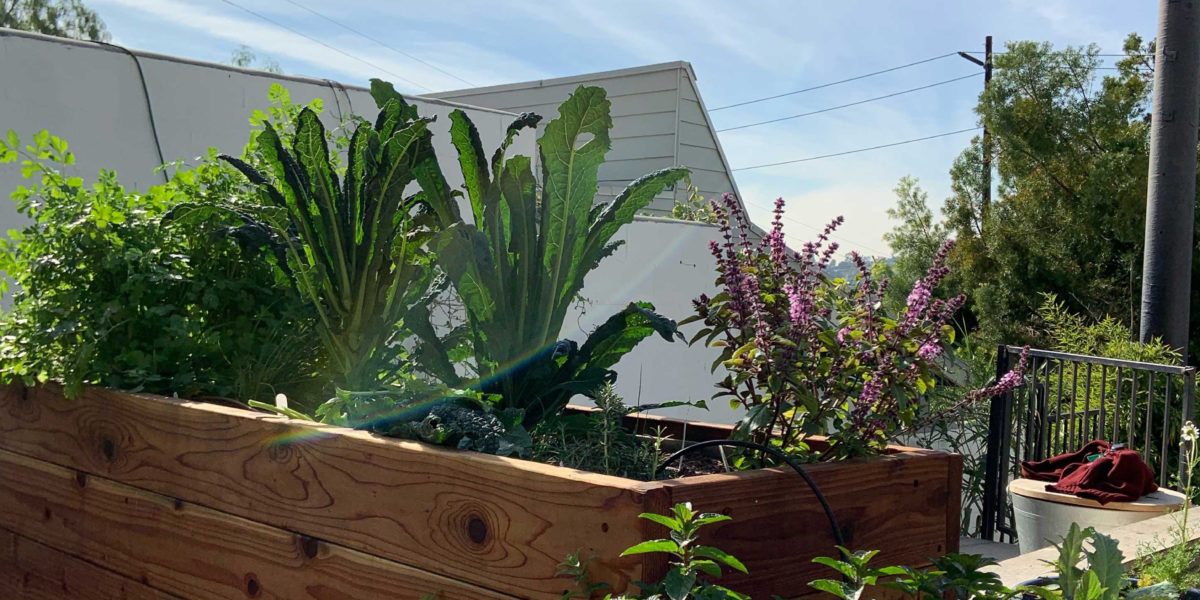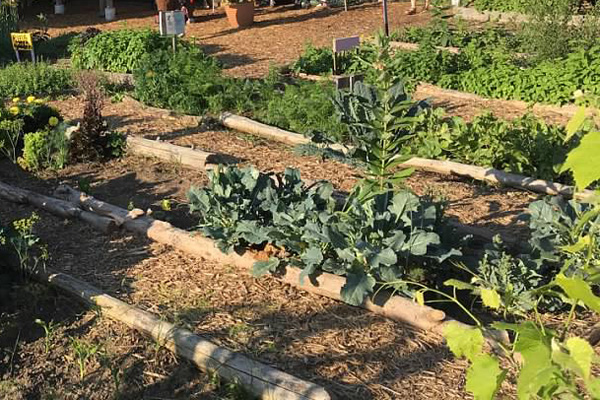A Biased View of City Blooming
A Biased View of City Blooming
Blog Article
Some Known Factual Statements About City Blooming
Table of ContentsAn Unbiased View of City BloomingGet This Report about City BloomingIndicators on City Blooming You Should KnowIndicators on City Blooming You Need To KnowAll About City Blooming
Interested in growing food for sale in the City of Chicago? Below is a list of regularly asked concerns regarding the policies and regulations that cultivators should take into consideration when planning a metropolitan agriculture task.
The zoning change does not customize any various other codes taking care of composting, building authorizations, buying or leasing City owned building, service licenses or ecological contamination. There are existing codes that regulate these problems and they stay in full effect and may apply to your project. Area gardens are usually possessed or taken care of by public entities, civic companies or community-based companies and preserved by volunteers.
Urban farms expand food that is intended to be offered, either on a not-for-profit or for-profit basis. Because of their industrial function, metropolitan ranches call for a company license. Yes. A community yard is enabled to market surplus generate that was expanded on site if the sales are accessory or secondary to the garden's key purpose described above.
6 Easy Facts About City Blooming Explained
Composting is permitted yet only for plant material that is created and made use of on website. The amount of garden compost product can not surpass 25 cubic yards at any kind of provided time according to the requirements in 7-28-715 of the City's Municipal Code. Yes. Since the soil at the majority of brand-new garden websites needs modifying, garden compost, soil, wood chips, or other materials can be acquired to build or enhance the expanding room - fruit and vegtables.

If a structure license is required after that the hoophouse will certainly be considered an accessory building. You can discover even more about the structure license requirements by getting in touch with the Division of Buildings. The 25,000-square-foot dimension limitation is intended to stop a solitary area garden from dominating a provided block or diminishing the block's existing residential or commercial character.
The limit does not use to yards found in Public Open Area (POS) districts. Can there be more than one neighborhood yard that is 25,000 square feet on a single block? Fence is not needed, however, gardens that have huge vehicle parking areas might be called for to mount fencing or various other landscape design features.
Excitement About City Blooming
B1 & B2 areas require that all commercial use tasks be performed inside your home. Is fence needed for urban farms? Fences may be called for, along with landscaping and screening, for specific vehicle parking locations and outdoor work or storage locations depending on area and the details activity taking area.
Urban ranches require structure licenses and zoning approvals prior to building (container and raised bed gardening etc.). Other types of city evaluation may be required depending on particular structures, tasks, dimension, landscape design, licensing, public health and stormwater monitoring concerns.
The Department of Business Matters and Consumer Security can aid determine the certain type of business permit that's needed. Off street vehicle parking is needed for the majority of industrial jobs in Chicago. The called for number of vehicle parking spaces is based on the number of workers working on website and not the square video of the growing area.
The 30-Second Trick For City Blooming

Yes. A metropolitan ranch can offer garden compost material produced on website, nevertheless, the operation must follow the policies in 7-28-715 of the Chicago Municipal Code. Yes. Aquaponic systems are enabled inside on city ranches in numerous zoning areas. A zoning evaluation and building license is called for in order to mount structures or systems and a service certificate is needed as explained over.
Up to 5 hives or swarms of honey bees might be maintained as an accessory use. Nevertheless, beekeepers should register with the Illinois Division of Farming. For more details regarding the recommended zoning amendment you may get in touch with the Department of Real Estate and Economic Advancement, Bureau of Planning and Zoning at 312.744.8563.
Farming in cities and metropolitan locations An urban farm in Chicago. Urban agriculture describes numerous techniques of cultivating. https://www.topratedlocal.com/city-blooming-reviews, processing, and distributing food in city areas. The term additionally applies to the location activities of animal husbandry, aquaculture, beekeeping, and horticulture in an urban context. Urban agriculture is differentiated from peri-urban farming, which takes area in rural areas beside residential areas.
7 Easy Facts About City Blooming Explained
It can involve an activity of organic farmers, "foodies" and "locavores", who seek to create social networks based on a shared ethos of nature and area holism. These networks can establish using official institutional assistance, coming to be integrated right into regional town preparation as a "transition community" activity for lasting city advancement.
The a lot more direct accessibility to fresh vegetable, fruit, and meat products that may be become aware via city farming can boost food protection and food safety while decreasing food miles, bring about reduced greenhouse gas discharges, thereby adding to environment change reduction. Several of the initial evidence of metropolitan agriculture originates from Mesopotamia.
Report this page